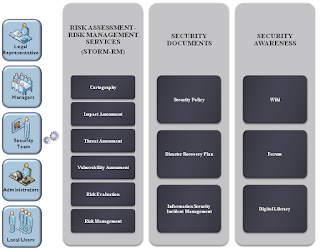Control Systems Are A Target, Need Some Awareness?
One of the challenges we face in the Industrial Control System (ICS) community is awareness. People maintaining our critical infrastructure do not realize how fragile and targeted the supporting cyber systems are, including PLCs, Relays, RTUs and entire SCADA networks.
This poster was developed by a community team of industry ICS experts to help ICS Engineers and Operators understand just how much they are a target and why. As always, the first step to changing behaviors is engagement, and the first step to engagement is ensuring people know they are a target.
Feel free to download, print and distribute this poster amongst your organization and peers. This poster is just the first in a series of resources and training to be released by the SANS new ICS group.
Download now a high-resolution version from our Security Awareness Posters section.
One of the challenges we face in the Industrial Control System (ICS) community is awareness. People maintaining our critical infrastructure do not realize how fragile and targeted the supporting cyber systems are, including PLCs, Relays, RTUs and entire SCADA networks.
This poster was developed by a community team of industry ICS experts to help ICS Engineers and Operators understand just how much they are a target and why. As always, the first step to changing behaviors is engagement, and the first step to engagement is ensuring people know they are a target.
Feel free to download, print and distribute this poster amongst your organization and peers. This poster is just the first in a series of resources and training to be released by the SANS new ICS group.
Download now a high-resolution version from our Security Awareness Posters section.


